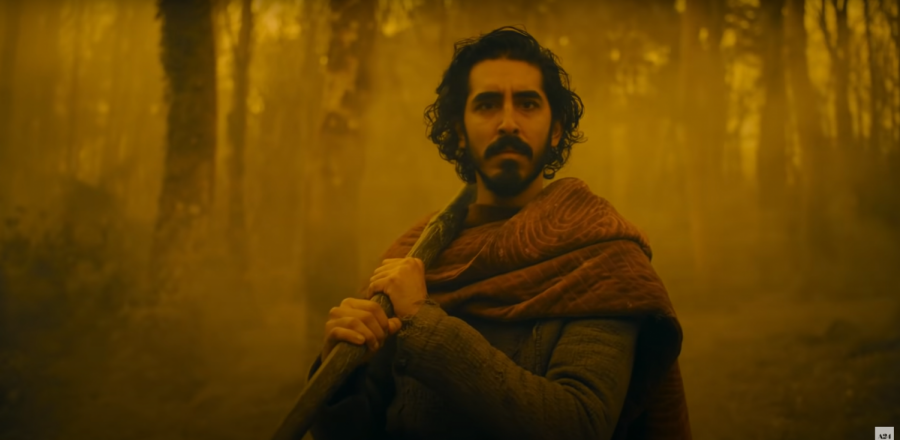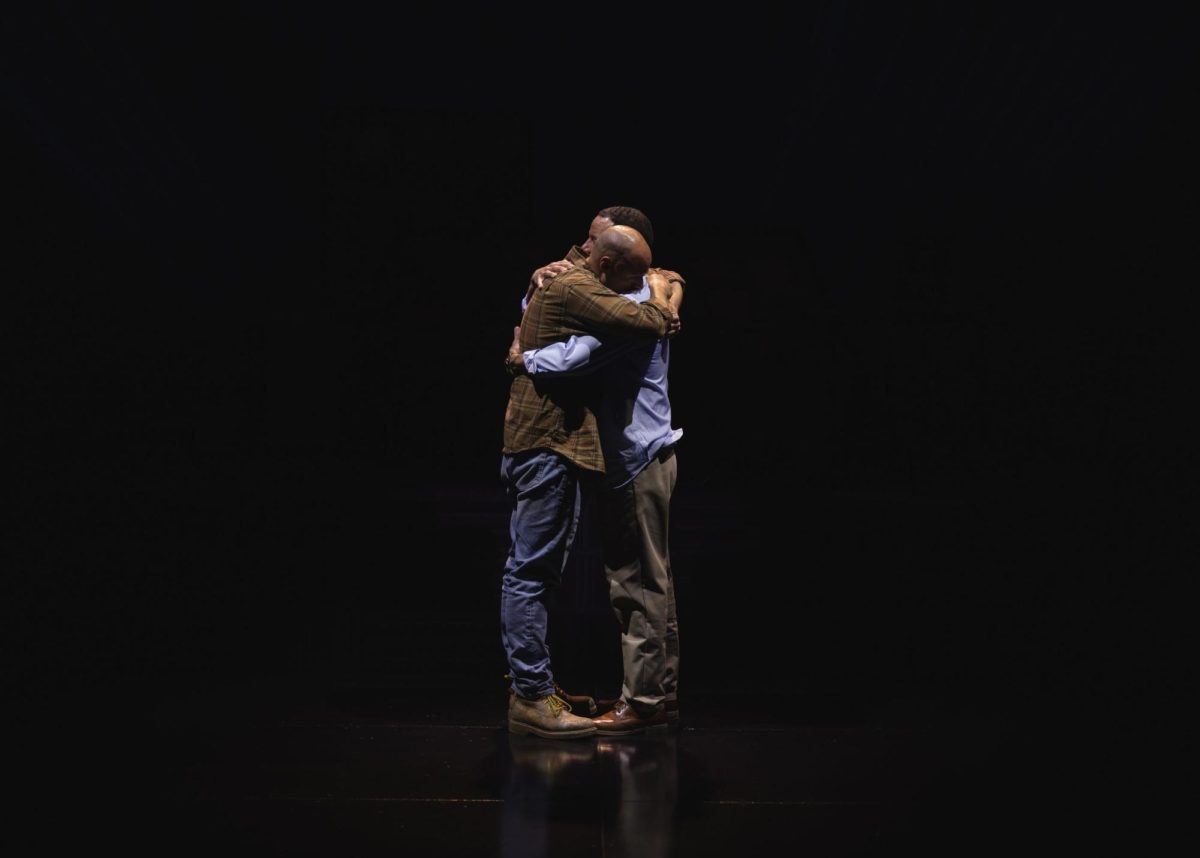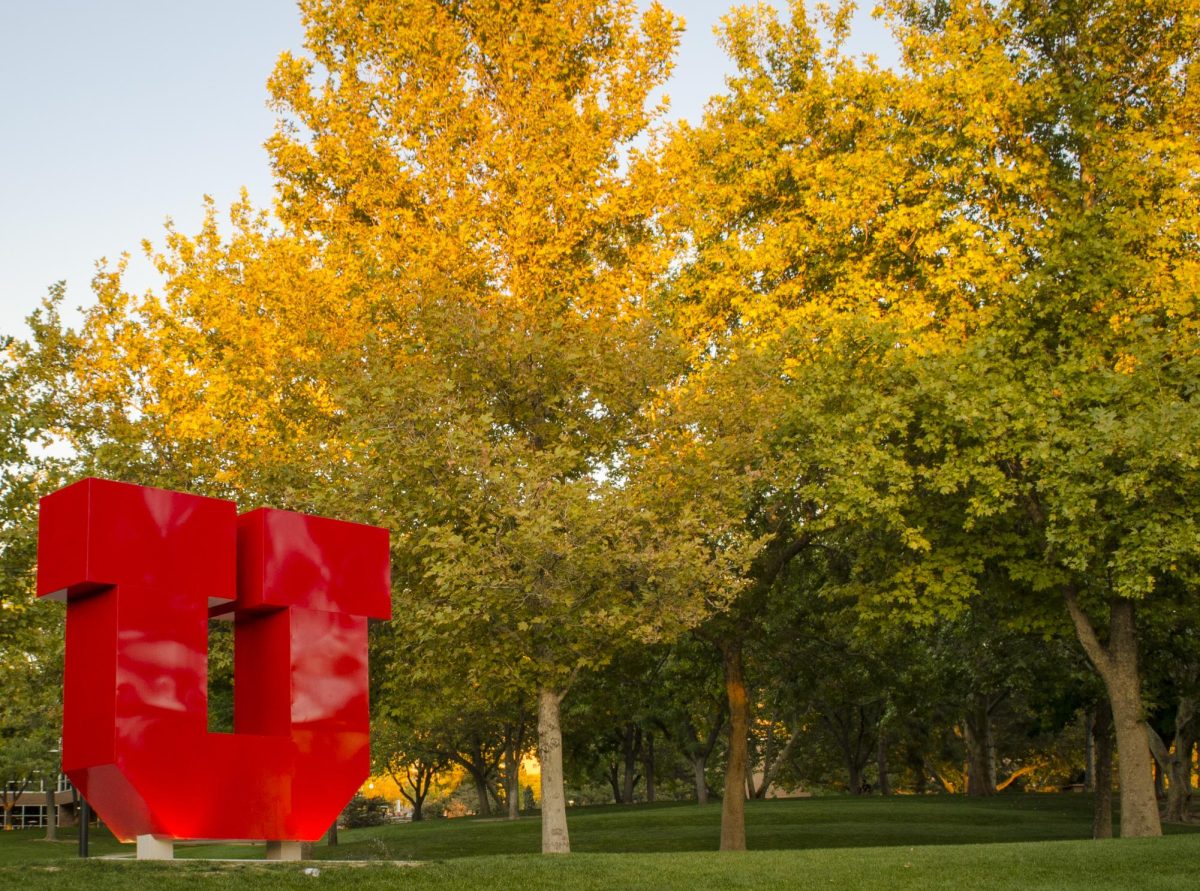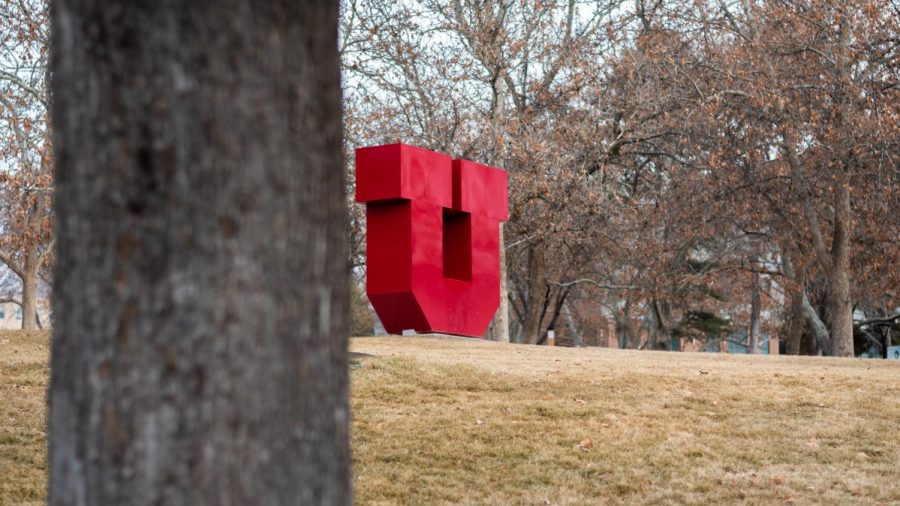‘The Green Knight’ Will Cast a Spell and Take You on an Epic Quest
August 14, 2021
It’s Christmastime in Camelot, and King Arthur (a warm, paternalistic Sean Harris) and Queen Guinevere (Kate Dickie) have gathered the court together for a celebratory feast.
The merry atmosphere is interrupted by the appearance of The Green Knight, a being with bark-like skin and no weapon. He has come to play a game — anyone is invited to strike him down, but the blow will be returned one year later.
King Arthur’s young, eager-to-prove-himself nephew Gawain (Dev Patel), impetuously beheads the Green Knight. The being does not lay still, but promptly picks up his head, and, reminding Gawain they will meet again in one year, rides away.
A Deconstruction of the Hero’s Journey
“The Green Knight,” David Lowery’s misty and mysterious adaptation of the Arthurian tale “Sir Gawain and the Green Knight” follows Gawain’s journey to his fate.
The movie is a Campbellian hero’s journey turned upside down and examined under a microscope. It’s a deconstruction of the very act of going on a quest. How do you go on a quest? When the knights went on the quest for the Holy Grail none of them were robbed and lost their horses, as Gawain does in this movie. What traits do you need or deeds do you need to do to become the sort of hero that stores are told about?
Thought-Provoking
A great deal of the movie is made up of Patel riding silently through the dour, gloomy Irish countryside. The sky is nearly always overcast and you need to squint to see during the night scenes. “The Green Knight” has a wry sense of humor, but the tone matches that of the eerily empty moors that we see.
The Green Knight’s promise to behead Gawain coats every frame with a layer of doom. This is not “Monty Python and the Holy Grail” or John Boorman’s “Excalibur”, but closer to the Bergman of “The Seventh Seal” and “The Virgin Spring.” It’s minimalist Wagner.
“The Green Knight” is a dense and challenging movie that may send many to google “The Green Knight Explained,” but it is thoroughly interesting. The movie was shot on location and not in front of a green screen, giving it a tactile, immersive quality that makes you feel as though you are walking alongside Gawain.
Even during the long wordless sequences, I found myself hypnotized to my seat, unable to pull my eyes away from the beautiful images. The periods of silence give the audience a chance to think and feel about what they have seen. Underneath the opaqueness is a confidence that Lowery could explain the decision behind every off-kilter choice. As the director, Lowery is in control to such an extent that it often feels like you are being taken on a journey through his dreams.
Dev Patel is a Movie Star
In his performance as Gawain, Patel displays the je ne sais quoi of a movie star. He’s effortlessly charismatic and charming and has the uncanny ability to get an audience on his side without any visible tricks or manipulations. From Patel’s first scene you say, “Well, I guess I gotta follow this guy to The Green Chapel. I don’t have any choice.”
Patel plays the character with a modern, energetic sense of humor that keeps the movie’s feet on the ground and gives the audience an anchor to hold onto through the mysticism.
A coming-of-age story that leads the protagonists on a quest to learn something about themselves is nothing new to storytelling. It’s a template found in “The Wizard of Oz,” “Alice in Wonderland,” “Spirited Away” and even the MCU. More than anything else, I think “The Green Knight” proves the potency of the monomyth and shows why we still tell these stories.
“The Green Knight” is in theaters now.












